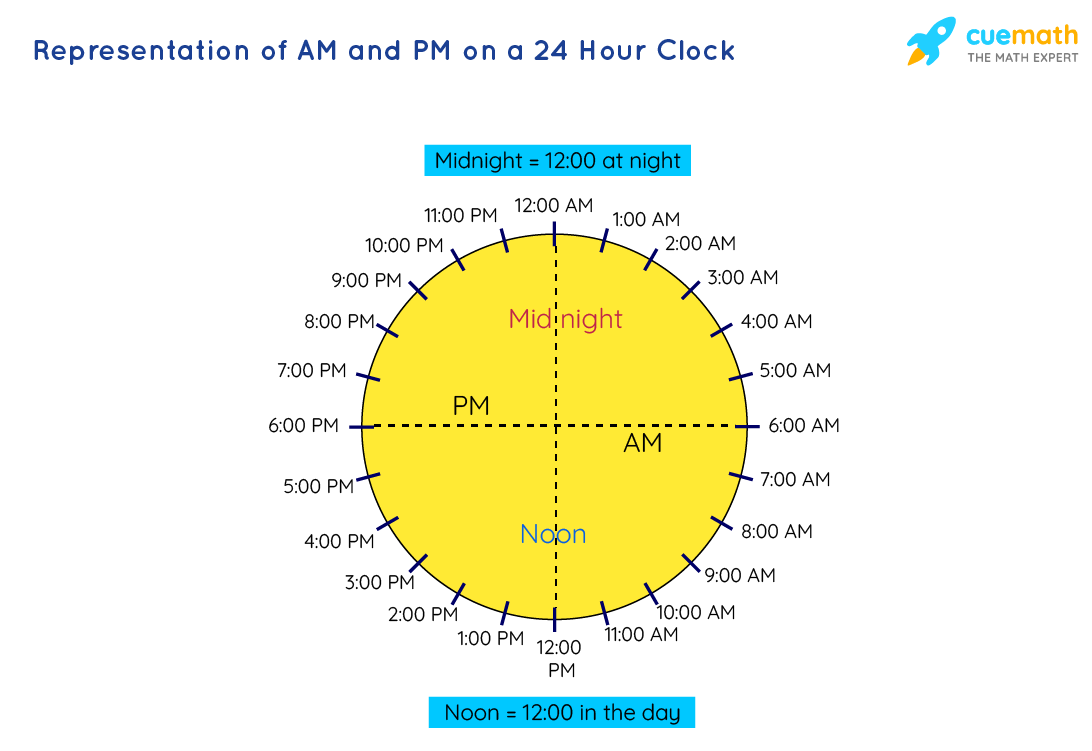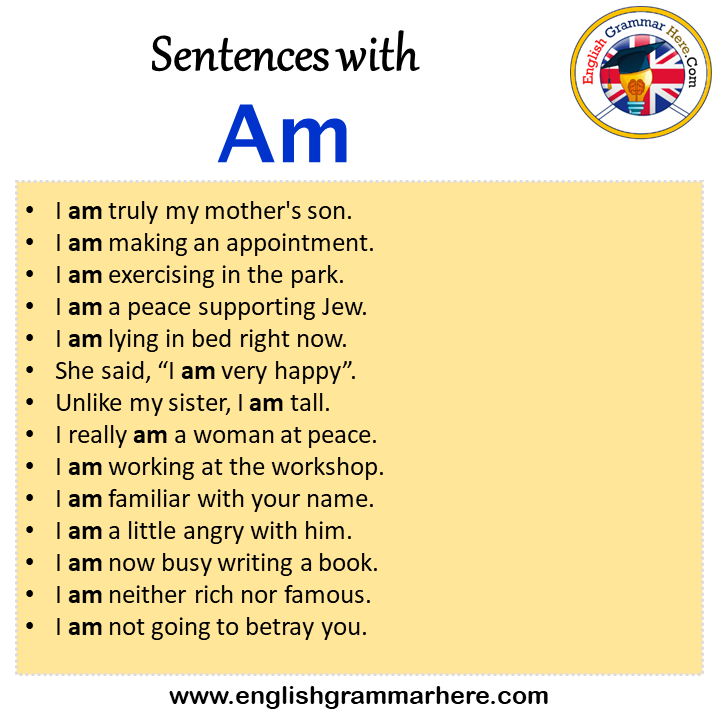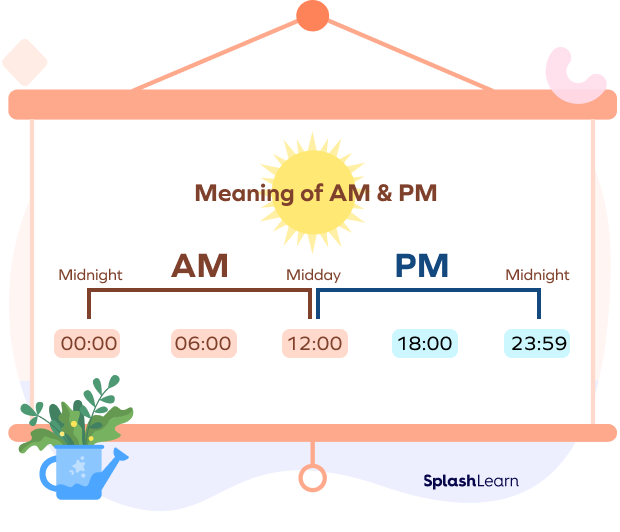Have you ever stopped to think about what truly shapes you, what sets your personal boundaries, or where your own self actually begins and ends? It’s a rather interesting idea, isn't it? The notion that "I am my perimeter and my perimeter is me" suggests a deep connection between who we are and the edges we draw around ourselves, both seen and unseen. This way of thinking helps us consider how our daily experiences, the tools we use, and even the places we inhabit, all play a part in defining our individual space in the world.
This concept, you know, it’s about more than just physical lines. It speaks to the limits of our influence, the reach of our personal space, and the ways we interact with what is around us. It makes us consider how everything, from the smallest details of our daily schedule to the grand scope of our digital connections, contributes to the unique shape of our being. We are, in a way, shaped by the very boundaries we perceive and create for ourselves.
So, too it's almost as if every choice we make, every piece of information we take in, and every interaction we have, helps to draw these lines. Whether it's figuring out time, calculating how long something lasts, or even just deciding what to watch, these actions show us a bit about our own personal limits and how we fit into the bigger picture. It’s a surprisingly simple idea, yet it holds quite a bit of meaning when you start to think about it in depth.
Table of Contents
- Understanding "I am my perimeter and my perimeter is me"
- How Do We Mark Our Time's Edge?
- What Do Those "am" and "pm" Marks Really Tell Us?
- Counting Down and Up - Defining Time's Reach
- Where Do Our Personal Borders Lie?
- Are We Defined by the Places We Touch, and "I am my perimeter and my perimeter is me"?
- Our Digital Boundaries - What Shapes Them?
- The Question of Strength - "Am I Actually the Strongest?"
Understanding "I am my perimeter and my perimeter is me"
The phrase "I am my perimeter and my perimeter is me" suggests a kind of circle where our personal identity is completely tied to the boundaries we have, or perhaps, that have been set for us. It means that the very edges of our experience, the limits of what we can do or see or be, are not separate from who we are; they are, in fact, a part of us. Think about it, really. When we consider how we manage our time, for example, or how we relate to different places, we are, in some respects, defining these personal borders. It's like saying that the very definition of a person is found in the extent of their reach and the boundaries they keep. This idea touches on how we interact with the world, how we set our own rules, and how we understand where our influence ends and another's begins. It’s a deeply personal way of looking at our place in the world, really, making us think about every single thing that shapes our individual experience.
How Do We Mark Our Time's Edge?
Time, in a way, is one of the most basic perimeters we have. It gives shape to our days, our weeks, and our years. When we think about things like "What do am and pm stand for" or "What do these abbreviations mean," we are, in a sense, trying to understand the very first and last points of our daily cycle. These simple markers, you know, they tell us if it’s morning or evening, setting a clear line between different parts of the day. They help us organize our lives, making sure we know when to start and when to finish. It’s a very common system, yet it really helps us keep track of our personal time. Our time, in effect, becomes a boundary that we live within, a structure that helps us manage our tasks and our rest. This sort of timekeeping is, basically, a way of drawing lines around our moments, making sure we know where one part of the day stops and another begins, which is pretty fundamental to how we live.
What Do Those "am" and "pm" Marks Really Tell Us?
When you get an email at "12:36am" or wonder if "two in the morning is 14:xxam or 2:xxam," or even if "noon 12:30 is 12:30pm," you are, actually, grappling with the specific borders of time. These "am" and "pm" indicators are not just random letters; they are, quite simply, ways to show whether a time falls before or after the middle of the day. "am," which stands for 'ante meridiem,' means before midday, and "pm," or 'post meridiem,' means after midday. So, two in the morning is, of course, "2:xxam," not "14:xxam," because it's early in the day, long before noon. And midday at 12:30 is "12:30pm," marking the start of the afternoon. These small abbreviations, in a way, define the very structure of our waking and sleeping hours. They help us avoid confusion and ensure that everyone is working with the same understanding of when things happen. It’s a fundamental way we set the perimeter of our daily activities, making sure we are all on the same page about when things are supposed to take place, which is really quite helpful.
Counting Down and Up - Defining Time's Reach
Thinking about a "countdown timer that counts down in seconds, minutes, hours and days to any date, with time zone support" or one that "counts up from a past date" shows us another way we define our temporal perimeters. These tools, you know, they let us draw a clear line between the present moment and a future event, or between a past event and now. They show us the exact duration, the specific span of time that makes up a particular period. A "duration calculator," for instance, which "calculates the number of days, months and years between two dates," is, in essence, measuring the length of a time-based perimeter. Similarly, a "time duration calculator" that "will calculate the time that has elapsed/difference between two dates with time" does the same job, just with more detail. These calculators and timers are, basically, tools for understanding the precise extent of time's boundaries. They help us plan, remember, and understand the limits of our moments, which is something we do pretty often in our daily lives.
Where Do Our Personal Borders Lie?
Our personal borders, or "I am my perimeter and my perimeter is me," are not just about time; they are also about the physical spaces we occupy and the information tied to those places. When we look up "London's weather and area codes, time zone and dst" or "Los Angeles's weather and area codes, time zone and dst," we are trying to grasp the specific environmental and logistical perimeters of these locations. These details, you see, they define what it’s like to be in that place, what rules apply there, and how it connects to other parts of the world. The "sunrise and sunset, moonrise and moonset" information for these cities also tells us about the natural boundaries of light and darkness, which affect daily life in a very real way. These geographical and celestial markers create a kind of framework for our physical presence. They show us the specific conditions that shape our experience in a particular area, which is pretty interesting when you think about it.
Are We Defined by the Places We Touch, and "I am my perimeter and my perimeter is me"?
It's fair to say that the places we interact with, the cities we visit, and the local details we seek out, all contribute to our sense of "I am my perimeter and my perimeter is me." For example, getting to know "London's weather and area codes" or "Los Angeles's sunrise and sunset" helps us understand the specific characteristics of those locations. These details are, in some respects, the boundaries of that particular place. They tell us about the climate, the local communication networks, and the natural light cycles. When we use tools that "add or subtract seconds, minutes, hours, days, weeks, months and years from a given date," we are, in a way, defining the temporal perimeter of our plans and memories, often tied to specific places. An "online timer with alarm" that helps with "everyday activities such as cooking meals" might seem simple, but it sets a boundary for a task within a physical space, like a kitchen. So, too it's almost as if our personal perimeter expands to include the places we experience and the ways we measure our time within them, making our personal boundaries quite broad, really.
Our Digital Boundaries - What Shapes Them?
In our modern world, a big part of our "I am my perimeter and my perimeter is me" comes from our digital interactions and the services we use online. Think about "Free shipping on millions of items" or "Enjoy low prices and great deals on the largest selection of everyday essentials." These phrases describe the vast but still bounded selection available to us through a service. This, in a way, defines the perimeter of our consumer choices. When you "Watch what you love on any device with limited ads," that describes the boundaries of your viewing experience, what you can access and how. "Manage your amazon account, orders, and preferences with ease on this platform" is, essentially, about managing your personal digital perimeter – controlling your information and interactions within a specific online space. These services, you know, they set the edges of what we can do, what we can get, and how we can interact in the digital space, which is pretty much a part of our daily lives now.
The Question of Strength - "Am I Actually the Strongest?"
The question, "Am I actually the strongest," found within the context of watching a TV series or considering shopping options, takes on a rather interesting meaning when viewed through the lens of "I am my perimeter and my perimeter is me." This question is, basically, about self-perception and the limits of one's own capabilities. It's a query about where one's personal perimeter of strength or influence truly lies. When we think about "Enjoy exclusive amazon originals as well as popular movies and tv shows," or even the "Amazon influencer program" where "content creators... earn affiliate commissions," these are all about individual engagement and influence within a defined system. The question of strength, in this light, becomes about understanding the boundaries of our own capacity, whether it’s about physical power, mental resilience, or even our ability to make an impact in a digital space. It pushes us to consider the edges of our own personal power and how we measure ourselves against what is around us, which is a pretty common human experience.



Detail Author:
- Name : Daren Turcotte
- Username : sherman.roob
- Email : runolfsdottir.rita@armstrong.info
- Birthdate : 1980-09-19
- Address : 11036 Prohaska Islands Suite 344 Lake Casimirstad, IL 47443-9057
- Phone : 269-886-3043
- Company : Schamberger Group
- Job : Farm Equipment Mechanic
- Bio : Amet culpa ab aliquam quam hic autem. Doloremque aperiam magni placeat tenetur praesentium cum. Ex praesentium laborum mollitia nesciunt error. Cum et et incidunt consequatur.
Socials
tiktok:
- url : https://tiktok.com/@kirstenschimmel
- username : kirstenschimmel
- bio : Dignissimos non ex vel exercitationem et necessitatibus.
- followers : 6664
- following : 1912
twitter:
- url : https://twitter.com/kirsten5240
- username : kirsten5240
- bio : Delectus accusantium perspiciatis nemo non quos itaque necessitatibus. Corrupti qui quisquam itaque. Odit dolores magni quo et magni eum rem.
- followers : 6265
- following : 2295
facebook:
- url : https://facebook.com/kirsten_schimmel
- username : kirsten_schimmel
- bio : Exercitationem tenetur sunt perspiciatis doloribus quod voluptatum.
- followers : 2656
- following : 2411
linkedin:
- url : https://linkedin.com/in/kirstenschimmel
- username : kirstenschimmel
- bio : Dolore molestiae vero corporis et ex.
- followers : 2738
- following : 252
instagram:
- url : https://instagram.com/kirsten4378
- username : kirsten4378
- bio : Modi ea quam iste. Perspiciatis facilis qui error mollitia.
- followers : 1124
- following : 2951